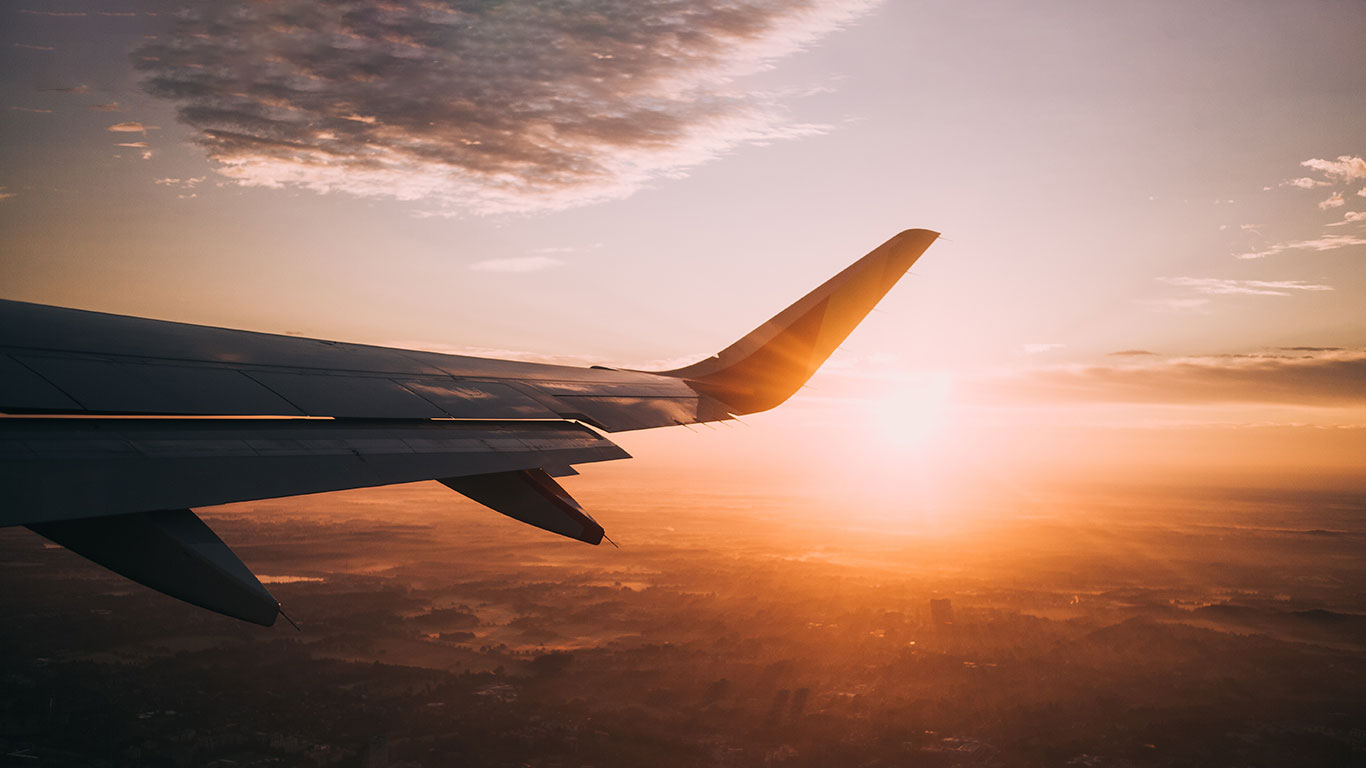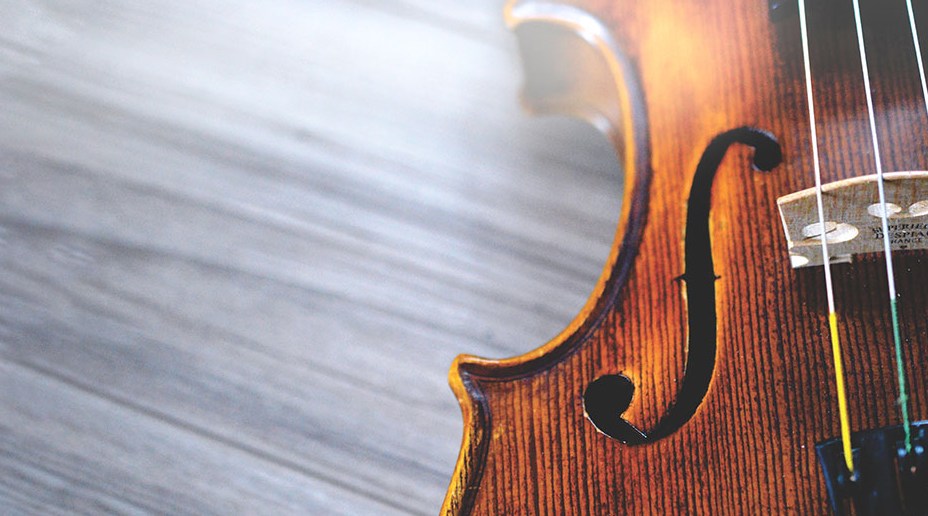Before you commit to an airline, have a look around. All airlines have different policies regarding musical instruments so it's definitely worth finding an airline that is flexible and understanding.
The Musicians' Union have created this incredibly useful guide with most airlines’ policies about travelling with instruments.


